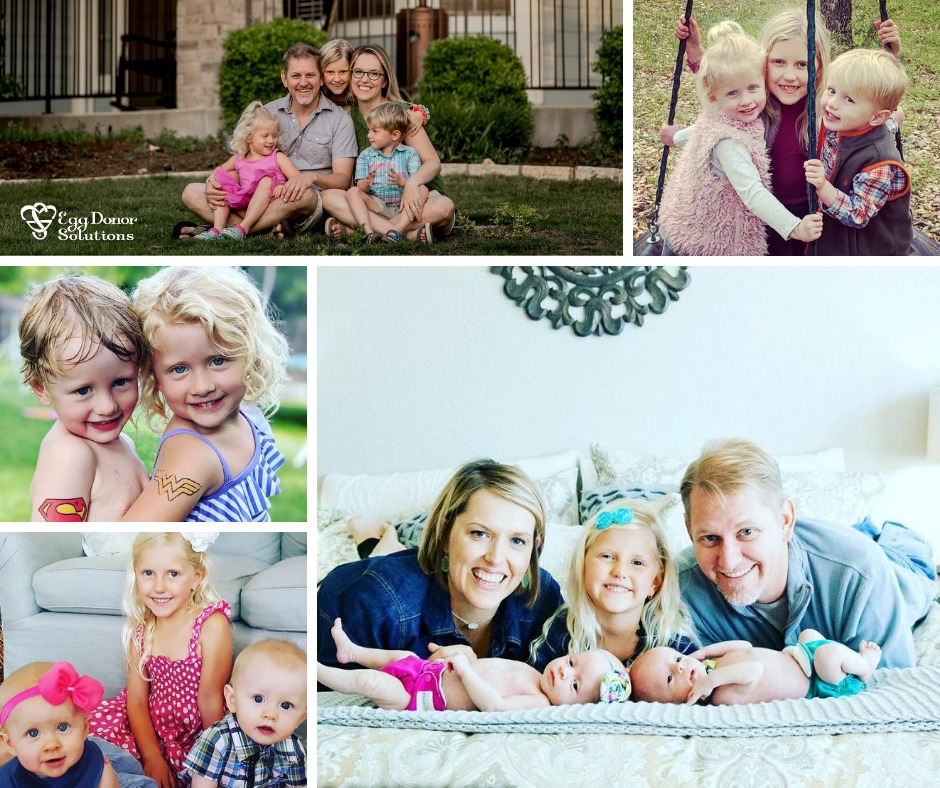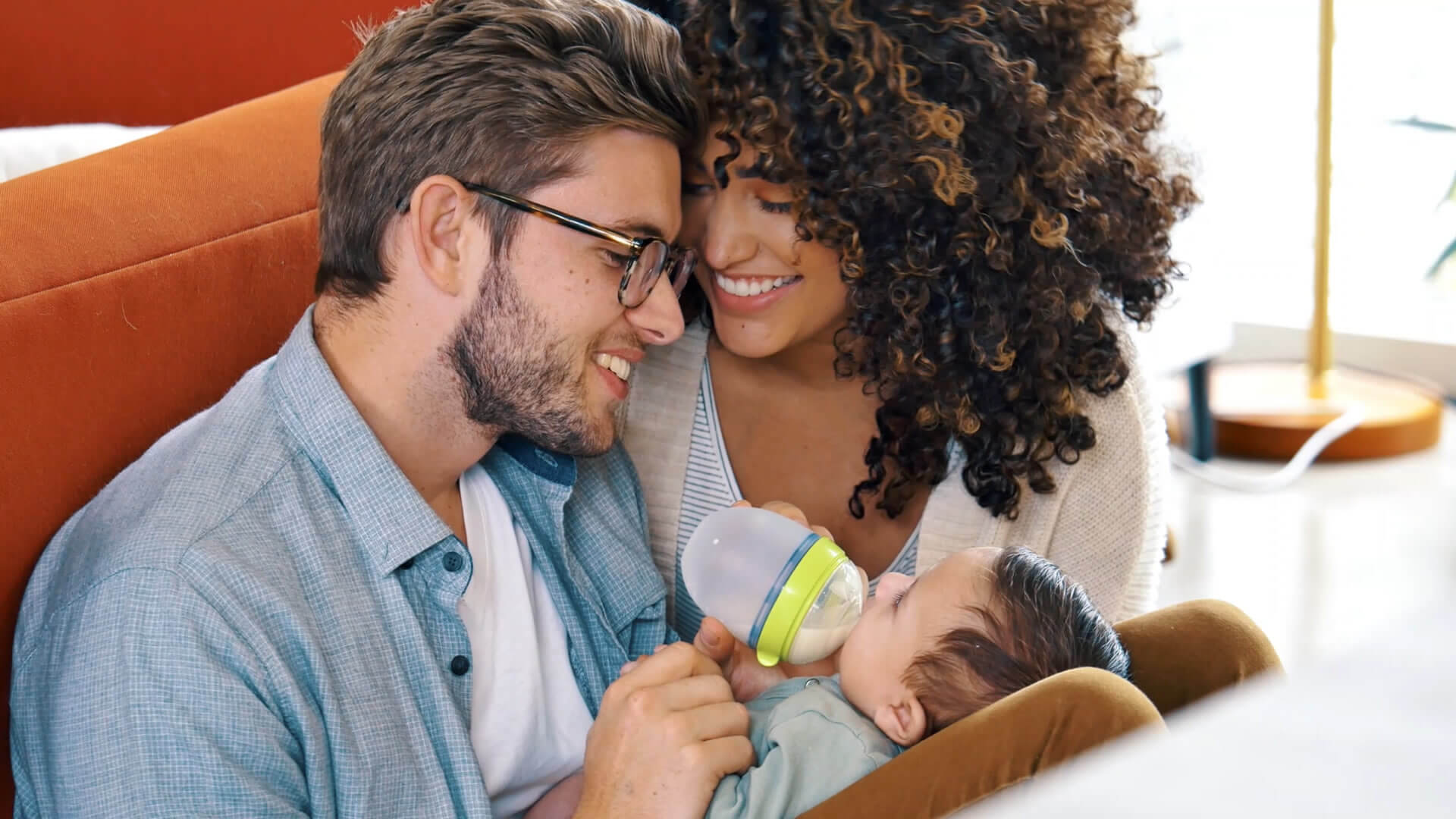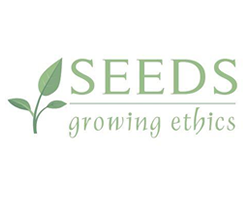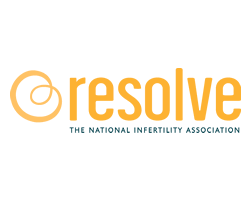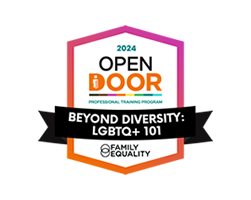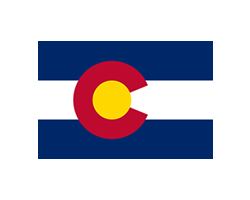Written By: Carrie Collier-Brown
At age 31, Carrie Collier-Brown was on the verge of an exciting new phase in her life. She had just graduated from law school and was preparing to take the bar exam. A newlywed, she was also looking forward to starting a family and had been trying to conceive for just under year. Then, a visit to a reproductive endocrinologist revealed devastating news – Carrie learned that she had only a five to 20 percent chance of having a child, even with invitro fertilization (IVF).
Diagnosed with low ovarian reserve, Carrie says, “It was hard news to hear and surprising because my doctor couldn’t give us an explanation for it.”
Carrie was determined to have a child and underwent four rounds of IVF before becoming pregnant with her daughter, Willow (now age nine). When Willow was two, Carrie and her husband, Jeremy, decided to try again. But when another attempt at IVF resulted in a single embryo that wasn’t viable for transfer, they knew they had to take a different path and chose to pursue growing their family through egg donation.
“We really wanted Willow to have siblings, and she really wanted them,” Carrie says. “It was comforting for me to know that she would have a genetic connection to her siblings [through Jeremy].”
In choosing a donor, it was important for Carrie and Jeremy to find someone who would be willing to stay in touch for medical updates and would also be open to meeting them, as well as any children once they turned 18.
“We knew going into the process that we didn’t want it to be completely anonymous,” Carrie explains. “We wanted to provide any future children the opportunity to know their biological ancestry. Maybe it would be important to them, maybe it wouldn’t, but I didn’t want to make any decisions that would close the door on that opportunity.”
After a negative experience with another agency, Carrie and Jeremy were referred to Egg Donor Solutions (EDS) where they had the opportunity to do a Skype session with their selected donor.
“It was a great match,” Carrie says of their connection with the donor. “Our experience with EDS was the complete opposite from the first agency. Every step along the way, we knew what was happening and were made aware of the timeline. They were organized and empathetic; it was a fantastic experience.”
Carrie had a successful pregnancy and gave birth to twins, Zoe and Cooper, in 2015. When asked how she feels about the significance of a genetic link now that she has both biological and donor-conceived children, Carrie says, “There’s no difference in the love I have for each of them. With Willow, I see a lot of myself in her. Physically, she’s my mini-me, but there are parts of her personality that are foreign to me. With Zoe and Cooper, we may not have a genetic connection, but they are 100 percent my children. I grew them, I nursed them for two years, and I’m raising them.”
Today, the greatest joy for Carrie and Jeremy is witnessing the bond between the siblings and seeing their personalities emerge. “Willow was an only child for five years, so it’s very sweet now to watch her and the twins develop their own relationships outside of us,” Carrie says. “Every child comes prepackaged with their own little personality, and it’s fascinating to learn who they are and to see them interact with each other.”
With their family of five, which Carrie affectionately refers to as “the crazy train,” there is never a dull moment. “We have this wild, wonderful family,” Carrie says. “It’s how it always should have been.”
